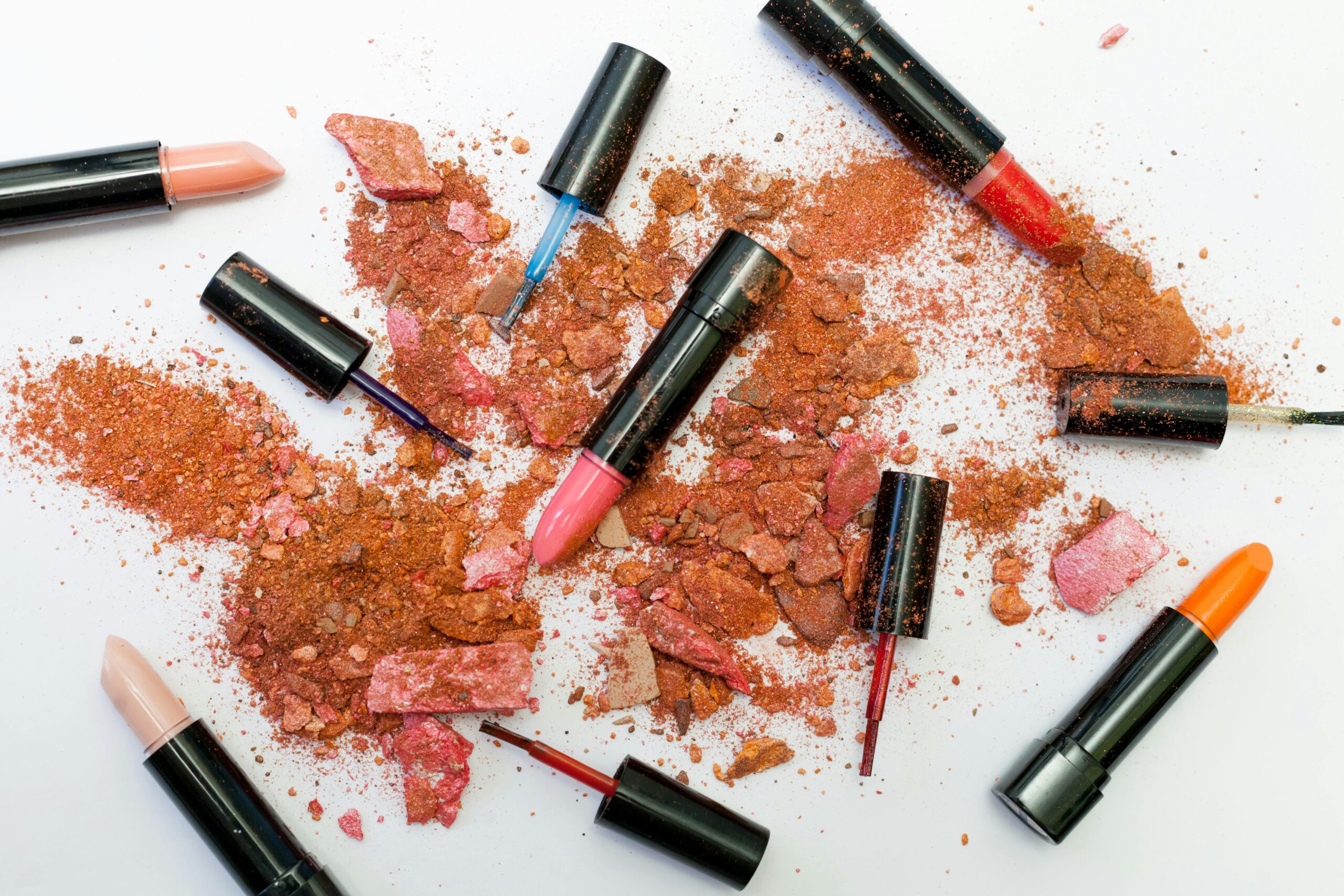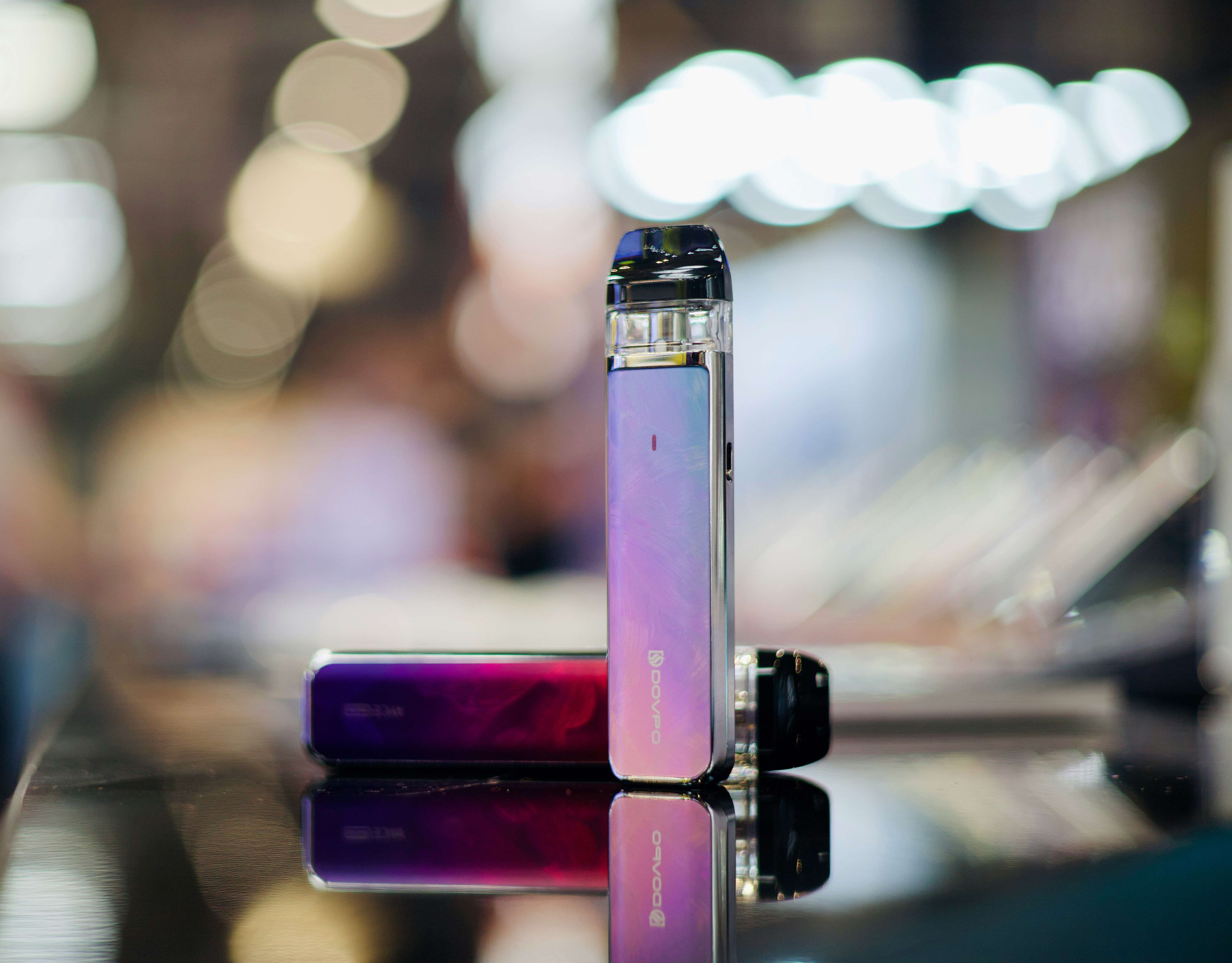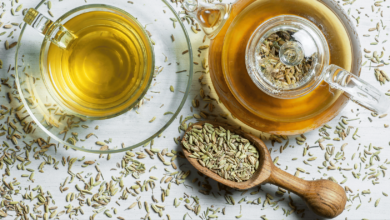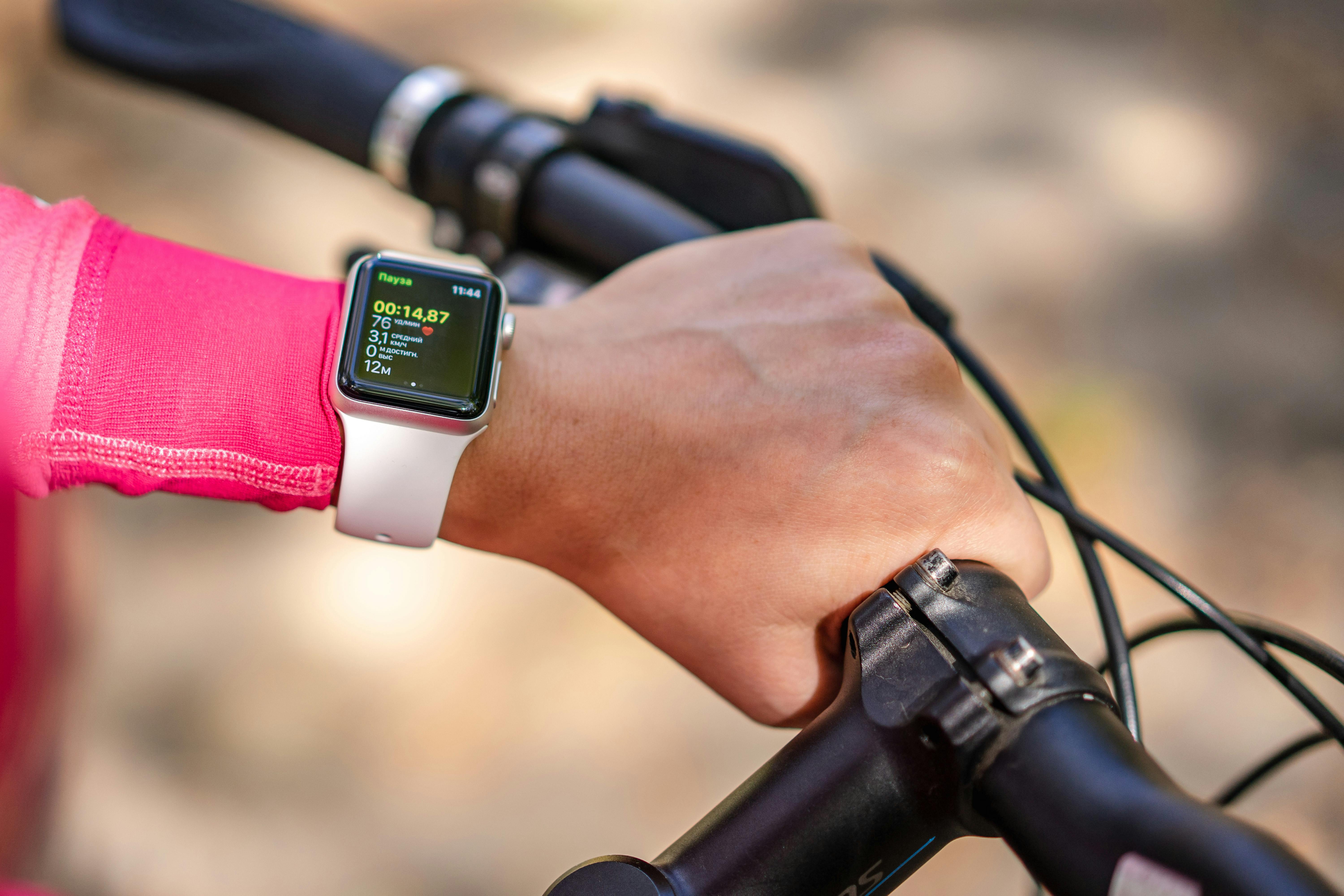Makeup: Between The Beauty and The Risks

Makeup has been an integral part of human culture for thousands of years, enhancing personal appearance and expressing individuality. However, as much as makeup can boost confidence and accentuate features, concerns about its impact on health persist. With the rise of the clean beauty movement, more consumers are questioning what goes into their makeup and how it affects their bodies.
The Composition of Makeup
Makeup products typically consist of a combination of chemical and natural compounds. Foundations, blushes, eyeshadows, lipsticks, and other cosmetic products contain color pigments, preservatives, fragrances, and binders. While many of these ingredients are safe, others can be problematic for both the environment and your health.
Health Risks Associated with Makeup
- Skin Problems: Heavy products use, especially products that are not suited to an individual’s skin type, can lead to acne, allergic reactions, and dermatitis. Some makeup contains oils and waxes that can block pores, while preservatives like parabens and formaldehyde releasers may cause irritation and sensitization.
- Hormonal Disruption: Certain chemicals commonly used in cosmetics, such as phthalates and certain parabens, are known endocrine disruptors. These substances can mimic hormones in the body, potentially leading to hormonal imbalances.
- Heavy Metal Accumulation: Surprisingly, heavy metals like lead, arsenic, and mercury can be found in some products. These contaminants, which sneak in through pigments and other raw materials, are harmful even at low levels and can accumulate in the body over time.
- Allergic Reactions: Ingredients in some products can cause allergic reactions, ranging from mild redness and irritation to more severe dermatitis. Common allergens include fragrances, preservatives like parabens, and certain dyes.
- Harmful Chemicals: Some makeup contains potentially harmful chemicals like phthalates, formaldehyde, and lead. Long-term exposure to certain chemicals can pose health risks, although the levels in cosmetics are typically regulated to prevent such outcomes.
- Eye Health: Eye makeup, such as eyeliner and mascara, can lead to eye infections if the products are contaminated or if they’re used past their expiration date. Sharing eye makeup also increases the risk of spreading infections.
How to Minimize Health Risks
- Choose Products Wisely: Opt for makeup that is free from known harmful chemicals. Many brands now advertise their products as being free from parabens, phthalates, sulfates, and more. Read labels and become familiar with which ingredients to avoid.
- Seek Certified Products: Look for certifications like ECOCERT, which ensures that the ingredients are natural and environmentally friendly, or the Leaping Bunny, which guarantees that the product and its ingredients are not tested on animals.
- Regular Cleaning: Makeup tools, such as brushes and sponges, can harbor bacteria that cause skin infections and irritations. Cleaning these tools regularly with gentle soap and water can prevent the buildup of harmful microbes.
- Patch Testing: Before using a new product, especially if you have sensitive skin, do a patch test. Apply a small amount on your inner forearm to see if there is any adverse reaction before applying it to your face.
- Moderation and Removal: Less is often more with makeup. Use lighter makeup applications, and ensure that you thoroughly remove makeup at the end of the day to let your skin breathe and recover.
Read More: How to Lose Weight: Simple and Effective Strategies
Makeup remains a powerful tool for expression and beauty, but being aware of its potential impacts on health is crucial. By choosing products carefully, maintaining good hygiene practices, and being mindful of ingredients, you can enjoy the benefits of makeup while minimizing any adverse effects. As the industry continues to evolve, the push for cleaner, safer products will hopefully become standard, aligning beauty with health and well-being.














